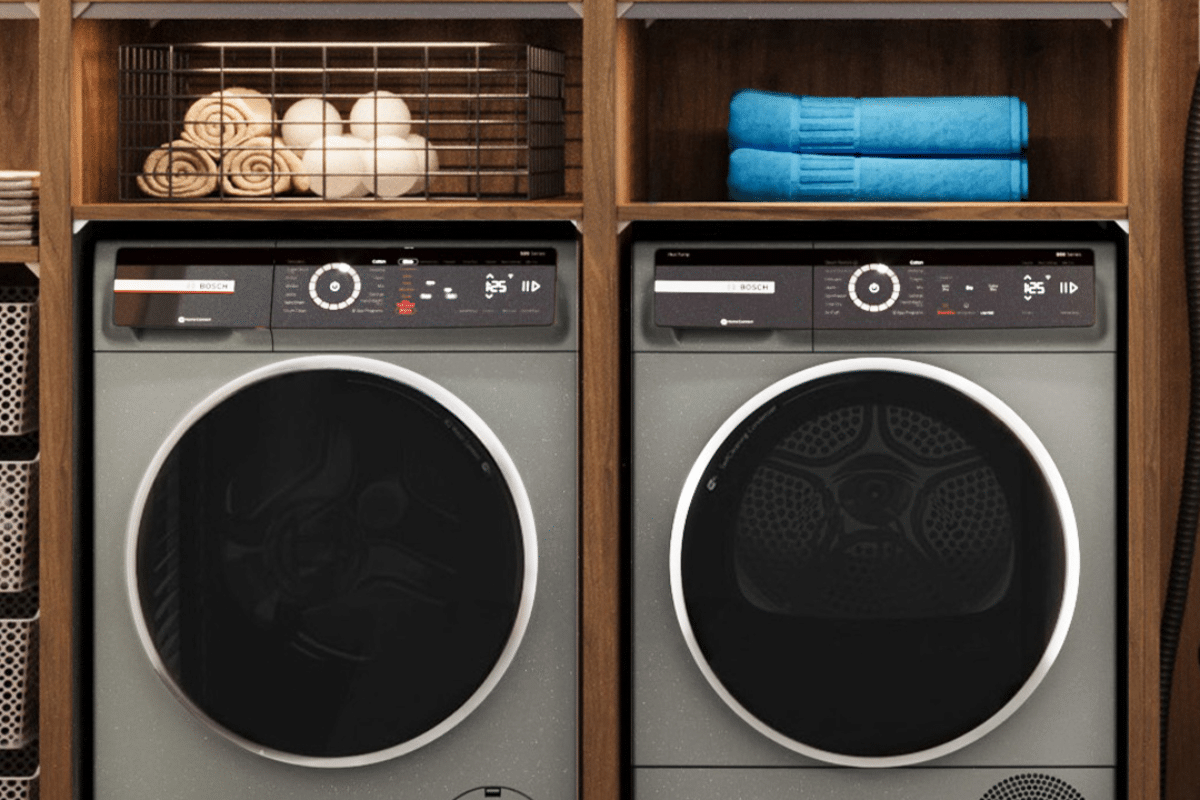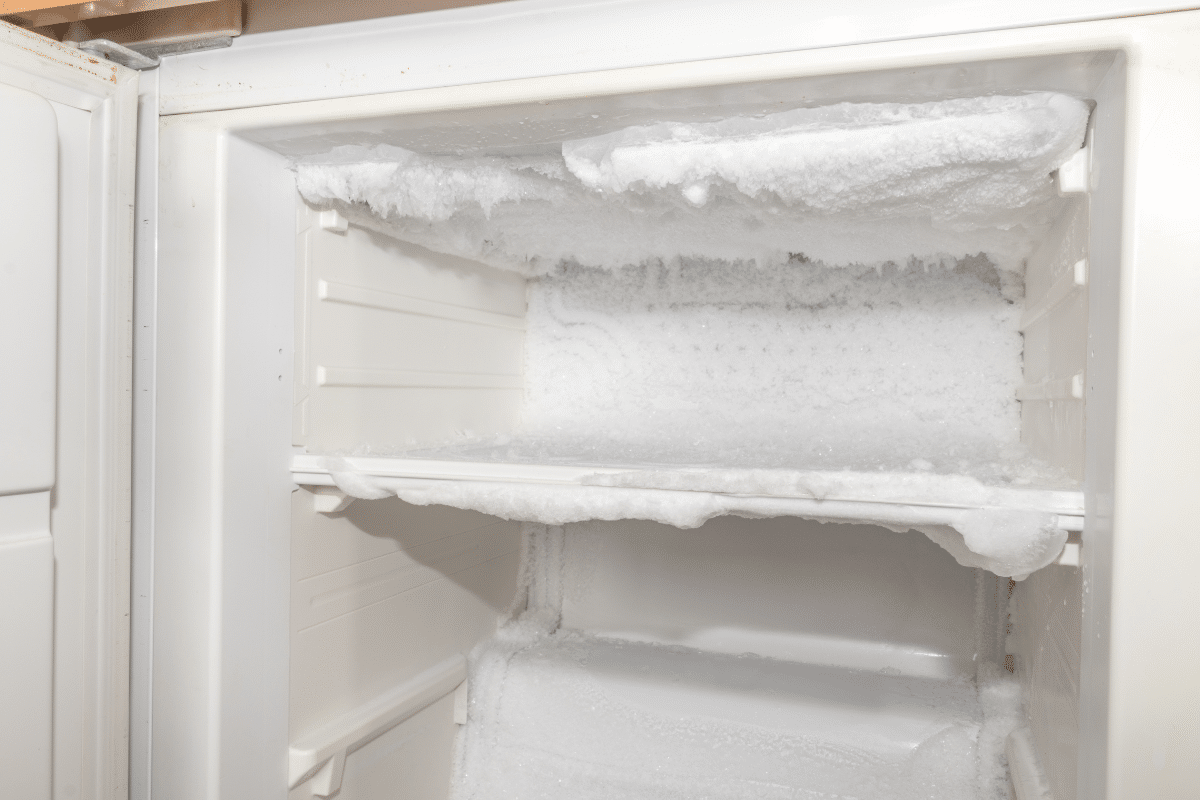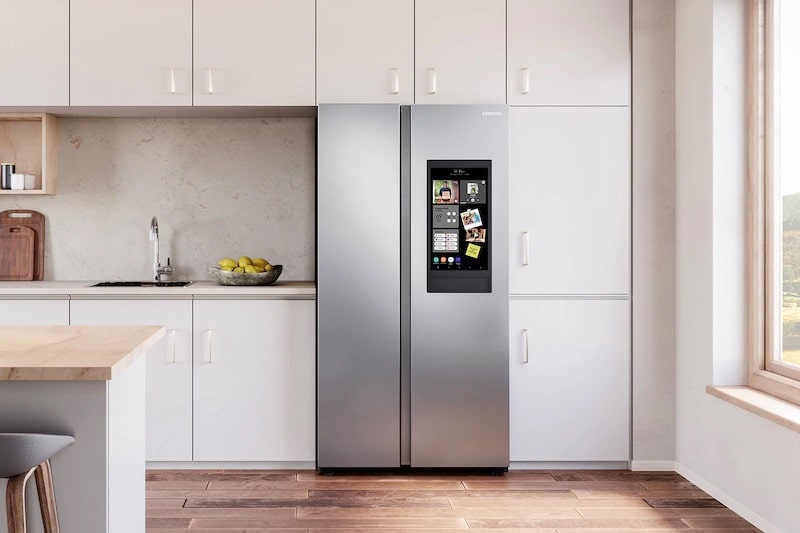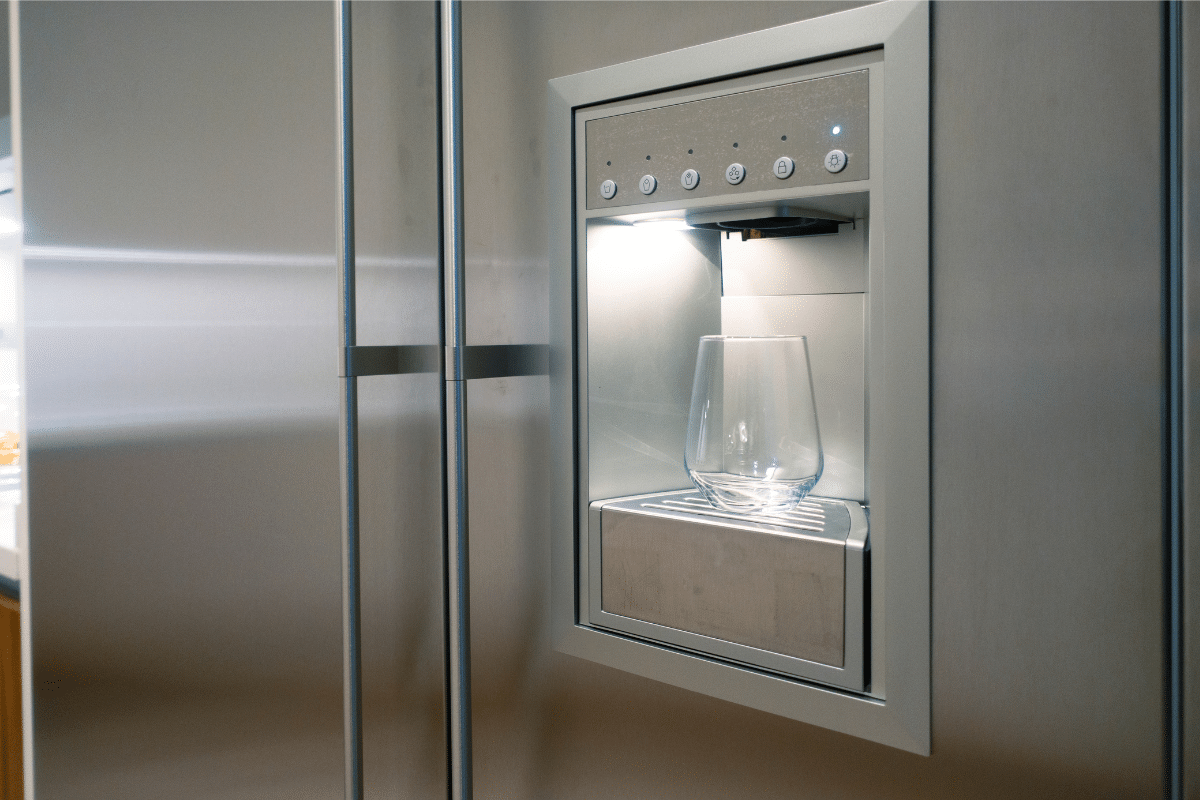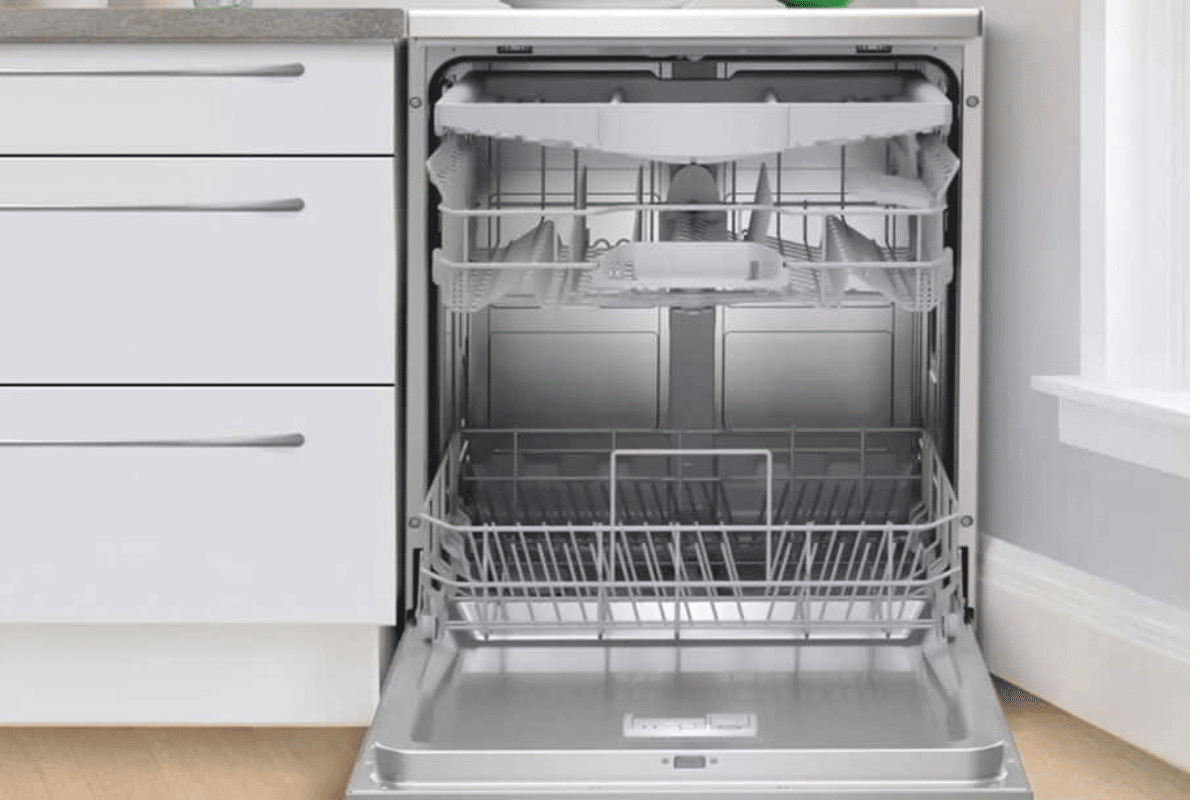Dealing with KitchenAid dishwasher leaks can be frustrating—especially when you’re met with a puddle of water on your kitchen floor. Whether your dishwasher is leaking from the door, underneath, or during certain cycles, it’s important to understand the root cause before it turns into a bigger problem. Many of the most common leaks are related to maintenance, user habits, or worn-out parts, and some are easier to fix than you might think.
Common Reasons a KitchenAid Dishwasher Leaks
If your dishwasher is dripping or flooding, there’s no one-size-fits-all answer. Below are the most frequent causes of KitchenAid dishwasher leaks, starting with the easiest to check and fix, then moving toward more complex issues.
Door Gasket Is Worn Out
The rubber gasket that lines your dishwasher door plays a big role in keeping water contained. Over time, this seal can dry out, crack, or flatten, letting water escape during the wash cycle.
Check the gasket for signs of wear. If it’s brittle, cracked, or warped, replacing it is a quick and inexpensive fix that can stop a leak instantly. Make sure the seal is clean and free from food debris, too.
Dishwasher Is Overloaded or Improperly Loaded
Loading your dishwasher might seem simple, but improper loading is a surprisingly common source of leaks. Blocking the spray arms or overcrowding the racks can redirect water where it shouldn’t go—like out the front of the machine.
Be mindful of where larger dishes or pots are placed. Always ensure the spray arms can spin freely and the detergent dispenser isn’t blocked.
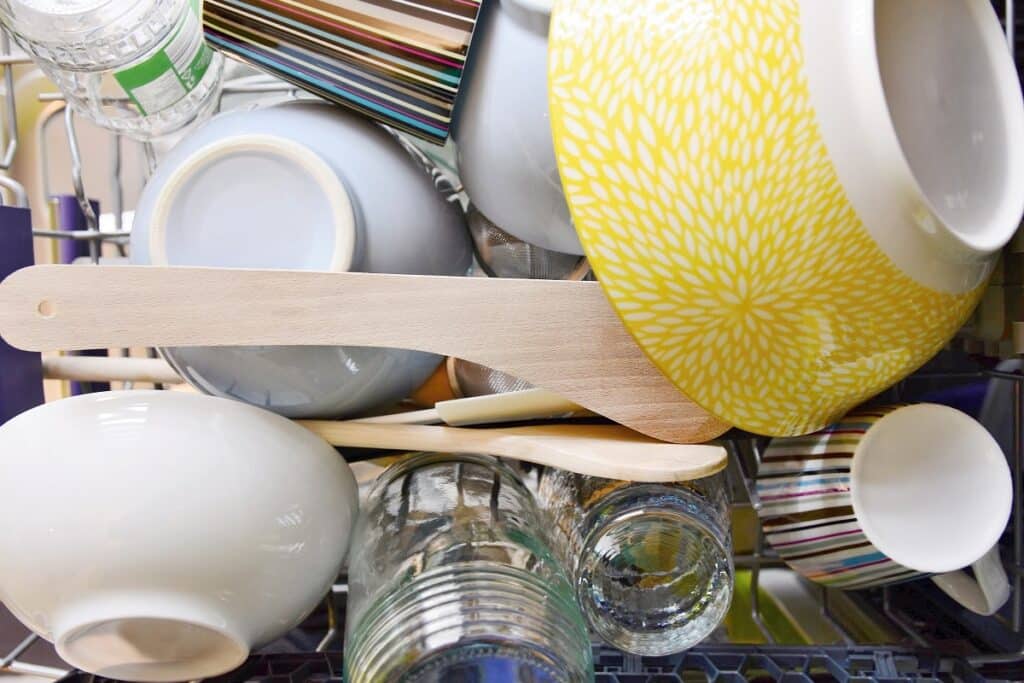
The Drain Is Clogged
If your dishwasher isn’t draining properly, the leftover water may leak out after the cycle ends—or worse, during the cycle. A clogged filter or blocked drain can cause water to back up inside the machine.
Remove the bottom rack and inspect the filter for trapped food or debris. A monthly filter cleaning routine can help prevent leaks and unpleasant odors, too.
Too Much Detergent or the Wrong Kind
Excess suds are another sneaky cause of KitchenAid dishwasher leaks. If you’re using the wrong detergent or overfilling the dispenser, you may be creating more foam than the dishwasher can handle.
Use only detergent that’s specifically made for dishwashers, and follow the manufacturer’s dosage recommendations. If you accidentally use dish soap, stop the cycle immediately and rinse the machine thoroughly.
The Water Inlet Valve Is Malfunctioning
The water inlet valve controls the flow of water into your dishwasher. If it fails or sticks open, the dishwasher can fill with too much water, leading to leaks during the wash or drain cycle.
This issue may require replacing the valve entirely. It’s a more involved repair, but still manageable for handy homeowners. If you’re seeing pooling at the base of the dishwasher, this is a part worth inspecting.
Hose Connections Are Loose or Damaged
Under your dishwasher, several hoses connect to the water supply and drain. These hoses can loosen over time, or their seals may wear out and start to leak.
Pull out the dishwasher (after turning off the water supply and power) and check all hose connections. Tighten any that are loose, and replace cracked or bulging hoses as needed.
The Float Switch Isn’t Working
The float and float switch work together to control how much water enters the dishwasher. If the float switch malfunctions, the dishwasher could overfill and spill water onto your floor.
You can test the float manually by lifting it—if it doesn’t move freely or doesn’t click, it may be stuck or broken. Replacing the float switch can restore proper water levels.
The Spray Arms Are Damaged or Misaligned
Spray arms are responsible for distributing water throughout the dishwasher. If they crack or become dislodged, water may shoot in directions that force it out of the machine.
Inspect the spray arms for cracks or mineral buildup. Make sure they spin freely and are secured in place. Cleaning them regularly can also improve cleaning performance.
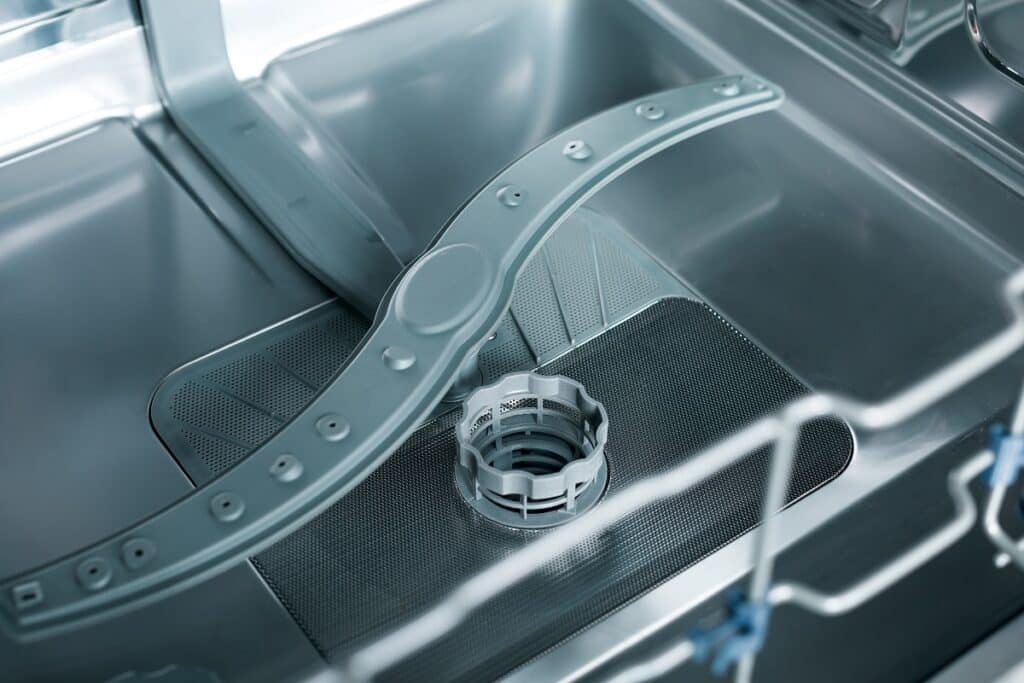
The Air Gap Is Clogged
If your kitchen sink has an air gap installed (a small fixture on the sink rim), a clog in this part of the drain system can cause water to back up and overflow through the dishwasher.
Remove the cap from the air gap and clean out any debris inside. Blocked air gaps are more common than people realize and can cause leaks that appear unrelated to the dishwasher itself.
The Pump or Motor Is Leaking
If you see water leaking from the bottom center of the dishwasher, a faulty pump or pump seal may be to blame. The pump pushes water through the spray arms and is located beneath the tub.
Pump or motor replacements can be complicated and may require professional help. Watch for signs of noisy cycles or water remaining at the bottom of the tub—these can also point to pump issues.
If you’re still dealing with KitchenAid dishwasher leaks after troubleshooting, don’t stress—call the pros. Handler Appliance offers fast, reliable dishwasher repair service with experience in fixing all major brands, including KitchenAid. Whether it’s a quick gasket swap or a more complex motor issue, their skilled technicians will get your kitchen back to normal in no time.



